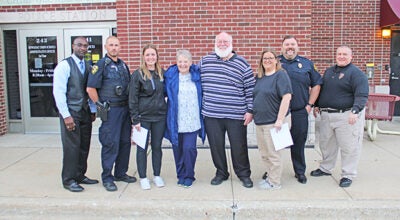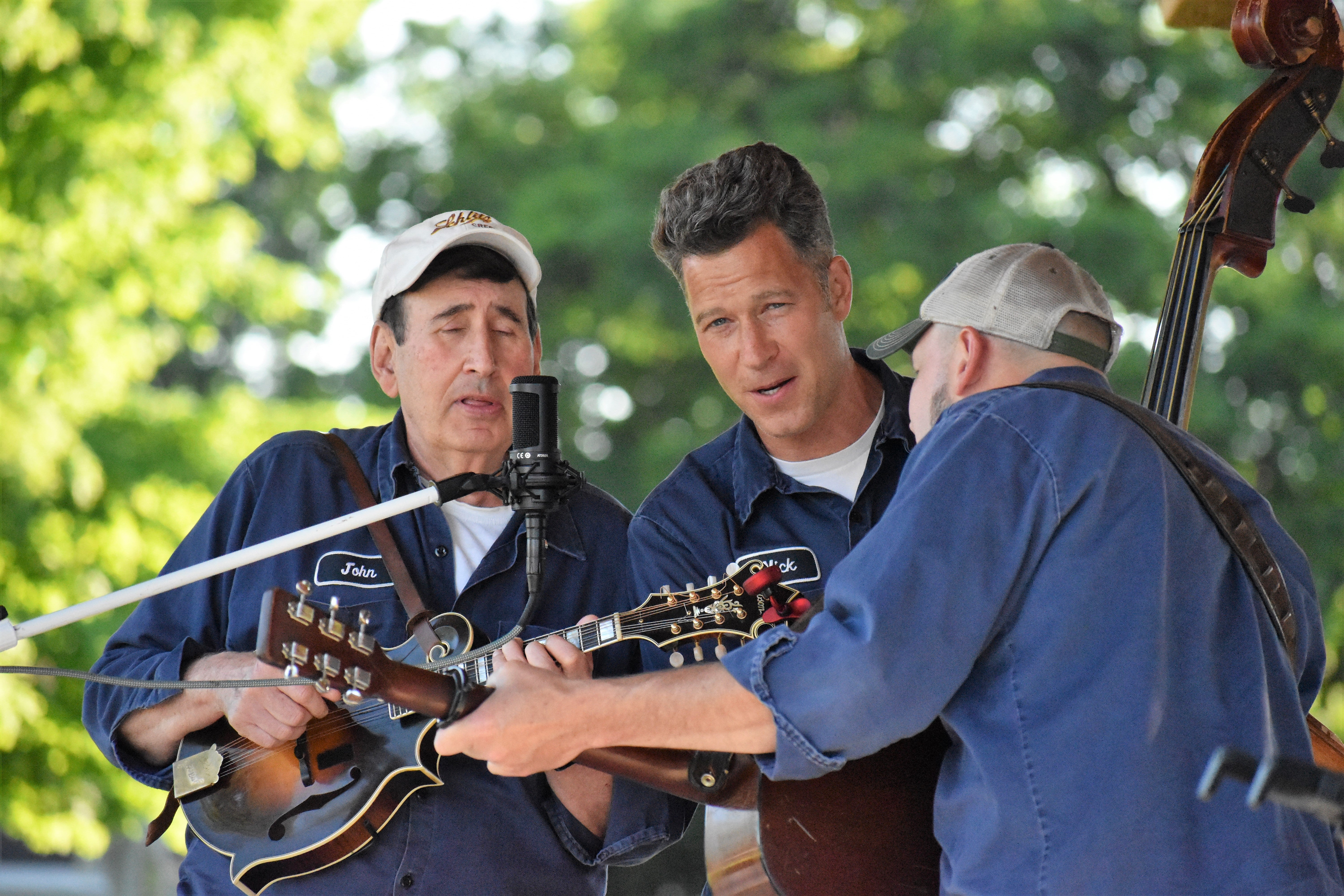Dowagiac native Rick Herter closes out 2016 Dogwood Festival
Published 9:48 am Monday, May 16, 2016
While his career as one of the country’s preeminent aviation artists has taken Rick Herter all across the globe, stepping foot inside the Dowagiac Area History Museum Saturday made the painter feel like his career had come full circle.
Herter, who grew up on a farm just outside Dowagiac, used to frequent the establishment once housed inside the old downtown brick building, Behnke’s Paint and Floor Covering, as child.
Beginning when he was around 6 years old, his mother used to bring him to the shop to purchase paint, papers and instructional books for his budding interest in art, Herter said.
“It’s very neat to come back to this building…only the floors don’t creak as much now as they used to,” Herter said.
The famed painter and trained Air Force pilot capped off the 25th annual Dogwood Fine Arts Festival with a presentation and gallery opening at the museum Saturday evening. In front a packed house in the building’s basement, Herter recapped his nearly 30-year career as an aviation artist, which has allowed him to merge his passion for history and for flight.
His love for aeronautics was kindled when he was a teenager growing up in Dowagiac, Herter said. As his family farm was situated on a navigation point for one of the local flight schools in the area, the young farmhand would often witness planes flying above him while he worked out on the field.
While in high school, he deepened his passion for flight by enrolling in an aviation club with the school, taking flying lessons at the Dowagiac airport, Herter said.
After graduating from Spring Arbor University in 1984 with a degree in art, Herter began working as an illustrator with a billboard advertising firm in Kalamazoo, where he drew everything from coffee pots to Corvettes for clients, he said.
After receiving some advice from someone else in the industry to focus his efforts onto a single subject, Herter decided to pour his time and attention into studying his old love — flying.
In 1987, about three months before the popular High on Kalamazoo airshow was to take place, Herter walked into the office of the show director and told her he was willing to volunteer his services to create a poster for the show, he said.
“She looked at me like I was from another planet,” Herter said. “It was kind of a brash thing to do. But she gave me the opportunity.”
It was a chance Herter took full advantage of, as his poster went on to win a national award that year, he said.
From that point, the flight path of his career was set.
After creating several more pieces for other airshows across the country, Herter was approached in 1988 by the U.S. Air Force to participate in the branch’s art program, which would allow Herter to participate in missions with military flight crews and document them through his artwork. While still a civilian, Herter was actually trained and became flight qualified with the service, allowing him to pilot air force fighter jets and bombers.
“Anything in the inventory I was pretty much cleared to fly,” Herter said.
To date, Herter has created about 20 pieces of art for the Air Force — including two pieces depicting the first flyovers of military aircraft over Ground Zero and the Pentagon following the 9/11 terrorist attacks. As part of his research, Herter was among the first people to fly over the rubble of the World Trade Center, he said.
“From several miles away, before we got over the site, you could see the hole in the middle of downtown Manhattan,” Herter said. “It was probably the most sobering thing I’ve ever seen in my whole life.”
Creating even a single painting for the service can take several years of research, as Herter employs dozens of reference photographs, hours of interviews with pilots, and even resources like footage from an aircraft’s gun camera when putting his pieces together, he said.
“I’m first and foremost a historian,” Herter said. “I’m recreating a scene that has already happened, so I have to make sure that scene is as accurately told as possible.”
In addition to his work with the Air Force, Herter is frequently contracted by private companies or clients to create work, such as Airbus or Boeing, he said.
While interested in doing more historical pieces from World War II or Vietnam, Herter said his obligations to his clients these days keep him quite occupied.
“There’s so many airplanes, so many ideas and so little time,” he said.
Following his presentation, attendees were invited to the opening of a temporary gallery of Herter’s art on the second floor of the museum, where he signed prints of his work.
The gallery will remain open for the public through the end of May.







